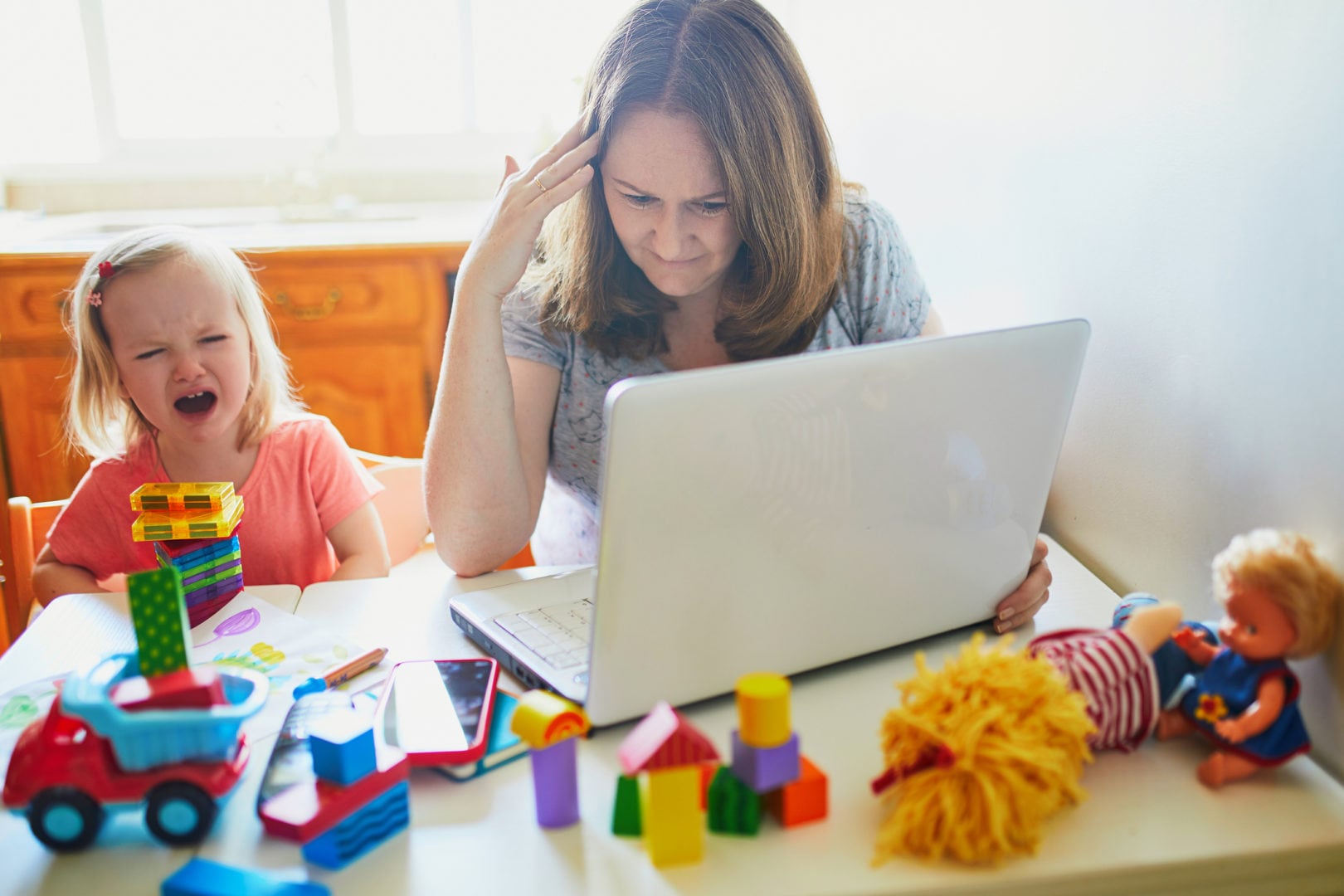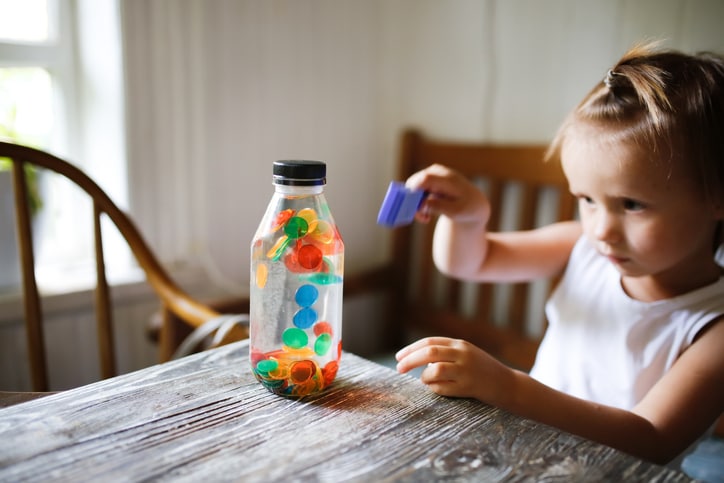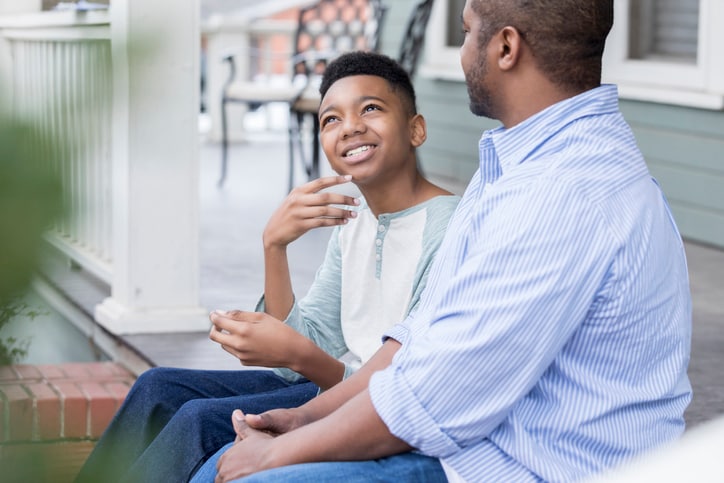COVID-19 cases are surging in the U.S., and leaders are scrambling to fight back. The U.S. is averaging more than 100,000 new COVID-19 cases per day. As a result, more than a dozen states have implemented new mask mandates, limits on gatherings and curfews to try to stop the spread of the virus. Now, many states are moving once more to close schools, but parents are starting to wonder if keeping kids out of the classroom is really the best option.
In Michigan, high schools have closed for at least three weeks. In places like California and Washington, plans to reopen schools that have been closed most of the year are being put on hold. In New York City, the entire public school system is closing as of Thursday, November 19 after having been open for in-person instruction for just under eight weeks.
What lawmakers, parents and educators are saying
Because preliminary data shows kids in school don’t seem to be the driving force behind COVID-19 outbreaks, many parents are demanding to know why schools are being closed before other risky places, like bars, restaurants and hotels. “Our strategy is completely backwards,” one person writes in a tweet to New York City Mayor Bill de Blasio. “Schools should be the LAST thing to close and non-essential businesses like restaurants, bars and gyms should be the first to close. By your own statistics, the positivity rate has been almost zero in schools.”
Elsewhere on Twitter, people are arguing that school closures are too detrimental to kids, and we should only take kids out of class as a last resort. In a list of recommended COVID-19 precautions, emergency room doctor Jeremy Faust writes, “Schools should be the last thing to close and first thing to open.”
“We should safely reopen or keep open schools,” another person adds. “The only way to do that is to close everything else and have strong social compliance around masking and no indoors or inter-house gatherings.”
But not everyone is on board with keeping schools open. In Illinois, a teachers union is calling for school shutdowns as COVID-19 cases rise, and unions in Nebraska, Wisconsin and elsewhere are expressing concerns about the growing threat school employees face. While schools may not be a leading cause of infections, the risk of being exposed to COVID-19 at school still exists. One independent COVID-19 tracker reports more than 43,000 cases of the virus among school staff members this year.
What research shows
Bars, gyms and hotels have the potential to be major contributing factors to COVID-19 spread, while research compiled by the World Health Organization shows COVID-19 transmission in schools has remained low. Most students who get sick are acquiring infections at home, rather than in class. Children and adolescents also account for only 8% of COVID-19 cases globally, and children under 10 are the least likely to get or transmit the virus. While many are worried about the adults who interact with kids at school and day care, a Pediatrics study of 57,000 childcare providers finds their risk of contracting COVID-19 is no higher than that of other adults in their communities.
At the same time, prolonged school closures may have serious repercussions for kids. Researchers predict learning loss caused by school closures and prolonged distance learning could widen achievement gaps between Black, Hispanic, low-income and white students by as much as 15-20%. They also predict the high school drop-out rate could increase in 2020.
Additionally, many students rely on schools for more than just learning. Currently, one in three American families are food insecure, and when schools close, students risk losing access to free or reduced cost meals provided by those schools. School closures can also hinder parents’ abilities to work, or to look for work if they’re one of the more than 11 million people in the U.S. who are unemployed.
The takeaway
The debate over schools is one of many examples of how the U.S. is struggling with its response to COVID-19. Without federal mandates in place, states, counties and individual school districts are left to make hard choices on their own, and there is no single solution that’s right for every teacher and family. There is hope that a COVID-19 vaccine is on the way in 2021. Until then, wearing masks, social distancing and avoiding all non-essential outings remain the best possible ways to protect students and school workers, whether they’re at home or in the classroom.




